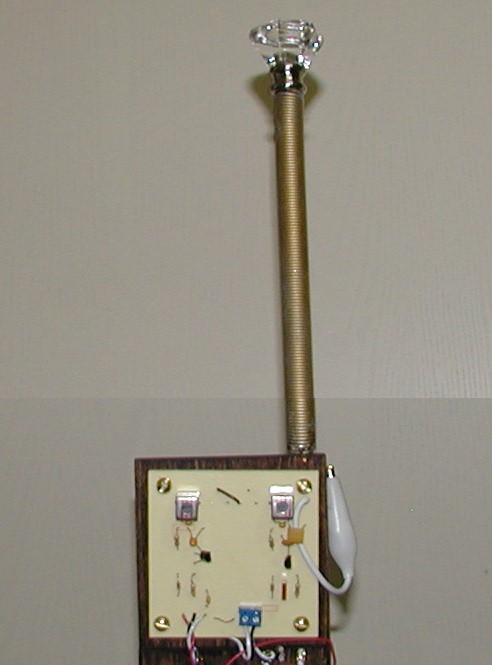"The authentic theremin is simple in design using a phenomena of nature." - oldtemecula
Same old tired playbook. It's called "Electrical Engineering". Theremins are indeed a wonder to behold, but there's nothing going on that can't be explained by simple Physics, no need to get all mystical.
"This kicks the ass of most engineers so they go with what they know which is digital."
If Theremin had access to digital logic when he was developing the Theremin he most likely would have employed it. Bob Moog certainly did for many of his later designs which are considered by all to be full Theremins, so should we take it that his ass was kicked as well? You seem to be arguing that it has to be 100% analog (or else perhaps designed by Moog) otherwise it's No True Scotsman - which you just happen to lay claim to. But the accepted criterion seems to be: if you are interacting with capacitive fields, then it's a Theremin. I haven't seen anyone objecting specifically to the digital basis of the Theremini, Open Theremin, etc.
Like it or not, if it can be made via digital means, it probably will be. Digital is much more controllable and repeatable, and therefore manufacturable - most of us have had experience with the drift and difficulty of tuning with an analog Theremin. Once you have a processor in the works, the sky's often the limit on what you can do. With even rudimentary logic you can then easily implement: almost instant field calibration, field linearization, variable field note spacing and location, volume field velocity and shaping, a responsive visual tuner, pitch correction, organic sounding filter-based voice synthesis with volume and pitch hand modulation, MIDI, etc.
"This has ideal linearity, near perfect..."
From what I've been able to ascertain from one of Valerie's videos, your Theremin has the same (fairly poor) linearity typical of a non-EQ design - prove me wrong.
"... and the natural heterodyned voice."
Heterodyning tends to make for a limited palette of often fairly non-expressive voices. Linking the fields to the timbre hamstrings both, so there are quite obvious and excellent reasons to divide and conquer here. It's the lowest hanging fruit in the design space, and has the largest payoff. You don't need a degree to do this stuff.



